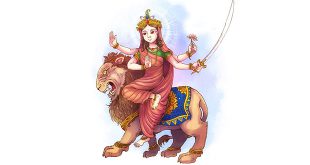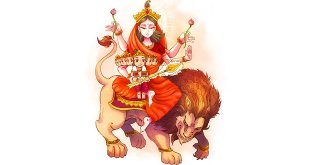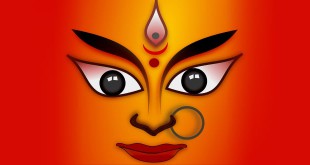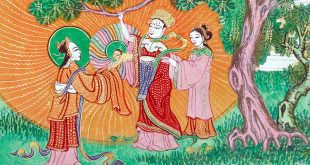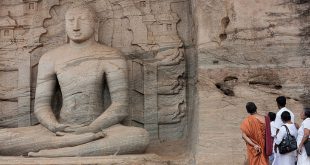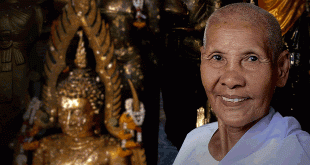The sixth form of Mother Durga is known as ‘Katyayani’, who is worshiped on the six day of Navratri. Katyayani: The legend behind her name goes thus: Once upon a time, there was a great sage called Kata, who had a son named Katya. Kata was very famous and renowned in the lineage of saints. He underwent long austerities and penance …
Read More »Who is Skanda Mata? 5th Form of Durga
The fifth aspect of the Mother Durga is known as ‘Skanda Mata’ – the mother of Skanda or Lord Kartikeya, who was chosen by gods as their commander in chief in the war against the demons. Who is Skanda Mata? She is worshiped on the fifth day of Navratri. She is accompanied by the Lord Skanda in his infant form. …
Read More »What is Navratri Fast? Rules & Food
The Navratri fasting is observed from the first day to the ninth day. Some people confine to milk and fruits during the nine days. Most devotees take a single meal during the day. Non-vegetarian food is totally avoided. Dishes For Navratri: Navratri Fast Rules and Food: What to eat and what not to eat Fasting in India will start from …
Read More »What is the significance of Navratri?
What is the significance of Navratri? The beginning of spring and the beginning of autumn are two very important junctions of climatic and solar influence. These two periods are taken as sacred opportunities for the worship of the Divine Mother. The dates of the festival are determined according to the lunar calendar. Navratri represents celebration of Goddess Durga, the manifestation …
Read More »Why Taliban use white flag while ISIS uses black one?
Colours of Jihad: Why does the Taliban use a white flag while ISIS uses a black one? Explained Does the difference of colour in the two flags means the two terror outfits abide by differing Islamic doctrines? Or is it just a mere coincidence that the two terror organisations have an inverse colour combination in their flags, perhaps to stand …
Read More »What is the historical and geographical background of Buddhism?
Buddhism background: Buddhism came into existence in India some 2,600 years ago when an Indian Prince, Siddhattha, became enlightened and hence came to be known as the Buddha, meaning the Enlightened One. His teaching is preserved in Buddhist scriptures known as the Tripitaka, which literally means the three baskets, namely the Vinaya or Vinaya-pitaka (monastic rules), Sutta or Suttanta-pitaka (collection …
Read More »What is the World Fellowship of Buddhists?
The World Fellowship of Buddhists (WFB) is an international Buddhist organization which was founded in B.E. 2493 (1950) in Sri Lanka where representatives from 27 countries from Asia, Europe and North America met for the first time in history. Buddhist delegates from all over the world representing various schools of Buddhism, viz., Theravada, Mahayana and Vajrayana traditions, were unified under …
Read More »What is Karma, and why is it so important to Buddhists?
Karma In Buddhism: The Karma or sum of good and bad deeds that a person did in one life, will affect the quality of their next life. Buddhist believe that everyone is reborn, therefore they think that Karma is important in once life. Karma in Buddhism is the force that drives samsara – the cycle of suffering and rebirth for each …
Read More »What is Buddhism? Buddhism Beliefs
Buddhism is a religion and philosophy encompassing a variety of traditions, beliefs and practices, largely based on teachings attributed to Siddhartha Gautama, commonly known as the Buddha. The Buddha lived and taught in the northeastern Indian subcontinent some time between the 6th and 4th centuries BCE. He is recognized by Buddhists as an awakened or enlightened teacher who shared his …
Read More »In Buddhism, can women attain enlightenment?
In Buddhism, can women attain enlightenment? The Buddha was the first religious leader to accept equal spiritual potentiality of men and women. The nature of enlightenment transcends gender difference, which otherwise tends to limit women in their social contexts. For this reason women were accepted into the Order (Sangha), and proved themselves worthy of the Buddha’s recognition. Some of them …
Read More » Kids Portal For Parents India Kids Network
Kids Portal For Parents India Kids Network
